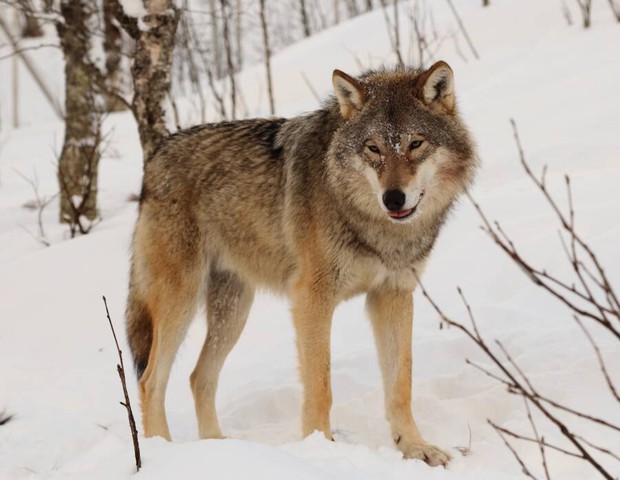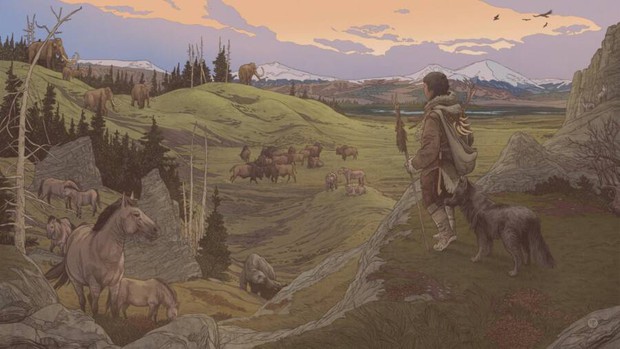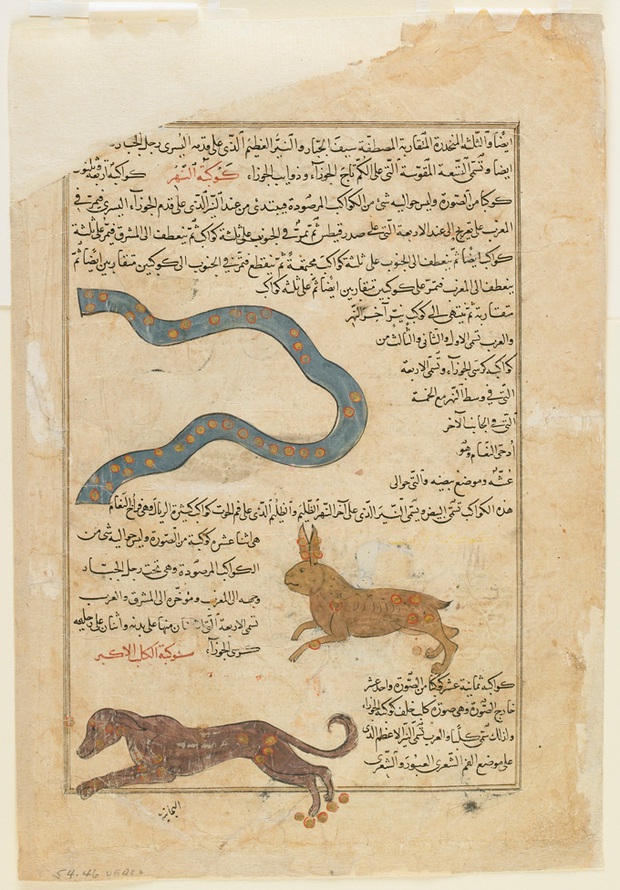Unraveling the Mythical Origins of the Bond Between Humans and Dogs
In Kurt Vonnegut's captivating short story "Shaggy's Dog of Edison," Thomas Edison stumbles upon an astounding revelation - dogs possess superior intelligence, recognizing that forging a friendship with humans is the key to survival in the natural world.
When did dogs start to be domesticated?
The question of when dogs first became domesticated has long intrigued scientists, leading to various debates without a definitive conclusion on where, when, and why the extraordinary alliance between humans and dogs commenced. Fossil and archaeological evidence suggests that this profound connection began at least 14,000 years ago, if not earlier.
Genetic analyses shed further light on the matter, revealing that dogs descended from gray wolves in Europe between 19,000 to 32,000 years ago, or potentially originated in Central or South Asia between 10,000 and 38,000 years ago. However, with conflicting data, it becomes apparent that domestication did not occur in a singular location in ancient times.

It is possible that more than one people tamed wolves at a time (Source: allthatsinteresting)
Start with fairy tales, myths
In the absence of concrete scientific evidence, historians like Julien D'Huy from Collège de France turn to the power of oral folk tales to shed light on the origins of this timeless relationship. Contrary to skepticism surrounding the authenticity of myths due to their oral tradition nature, D'Huy firmly believes that myths, being integral to cultural identity, hold historical significance. By employing statistical tools used in biology and genetics, D'Huy created a mythical genealogical tree, tracing the migration of mythical dog species alongside humans across diverse lands.

When humans lived with wolves, folk tales began to be told (Source: Ettore Mazza)
Analyzing motifs prevalent in fairy tales and myths, D'Huy discerned intriguing patterns in the relationship between dogs and humans. Dogs were depicted as guides of souls to the afterlife, guardians of Kingdom Come's entrance, and capable of forming unions with humans. Such beliefs are widespread across cultures, including Vietnamese customs that associate dogs with loyalty and protection. Dogs' connection with the afterlife aligns with Mediterranean and Near Eastern myths, where they act as underworld guardians.

The drawing of a dog represents the constellation Canis and the star Sirius. This 13th-century watercolor was painted by Persian cosmologist Zakaria ibn Muhammad Al Qazwini.
This revelation suggests that our ancestors domesticated dogs not only for companionship but also for spiritual purposes. Archaeological discoveries, such as a 14,000-year-old tomb in Germany containing a couple and two dogs, further support this hypothesis, as the woman is seen placing her hand on a dog's head.
D'Huy's research proposes that dog-related folktales originated in Central and East Asia, subsequently spreading to Europe, America, Australia, Africa, and beyond. Remarkably, this mythical migration mirrors the journey of human domestication of dogs, as evident in fossil records and genetic studies.
These fascinating findings not only offer insights into the bond between dogs and humans but may also shed light on the connections between humans and other domesticated animals. The exploration of mythical narratives opens new avenues to understand the profound relationships that have shaped our history and culture, revealing the depths of our connection with the animal kingdom.



